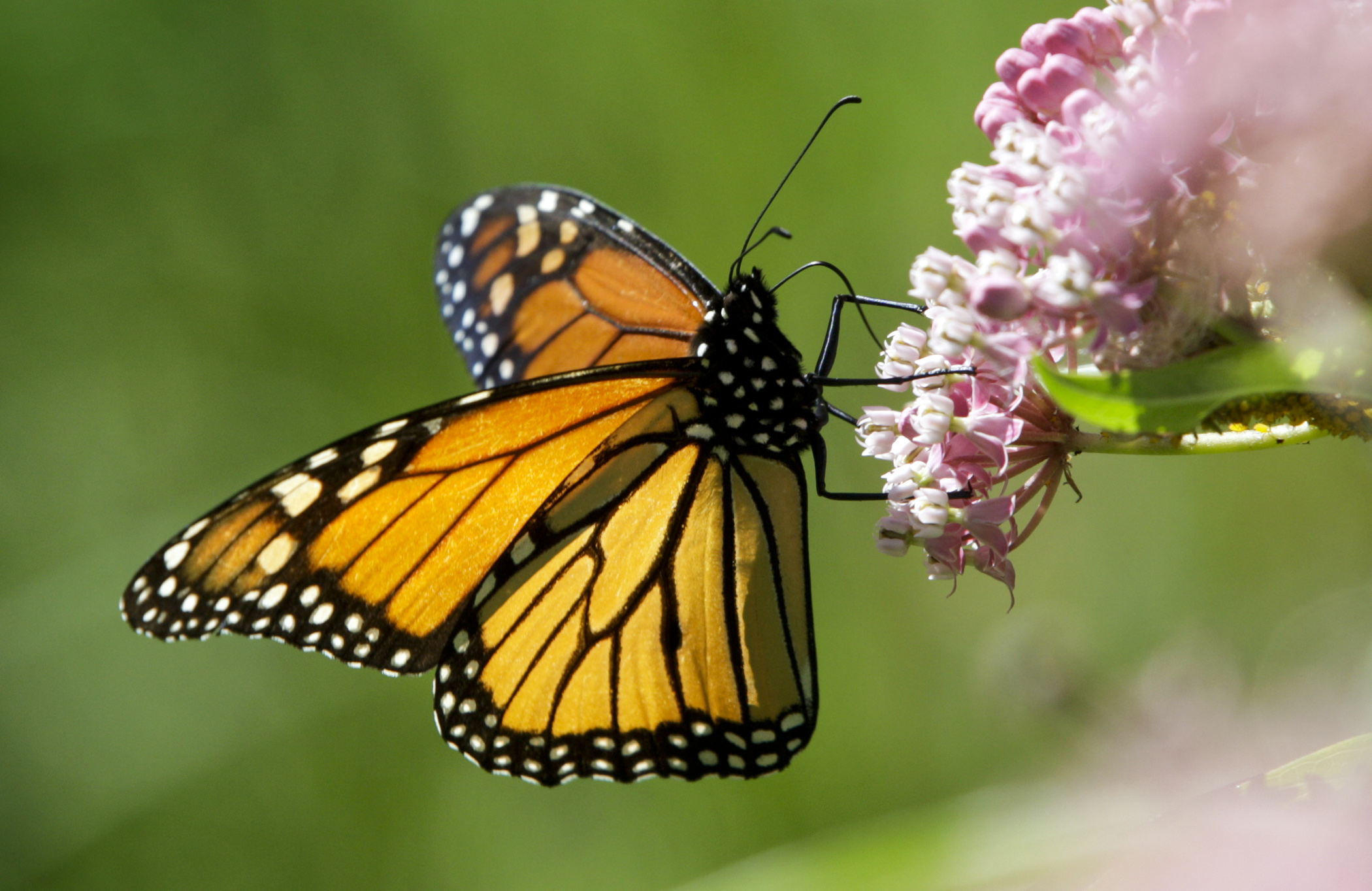Highways for Habitat pollinators program would require MnDOT to ditch current green space practices

The approximately 175,000 acres of green space along the state’s highways could be prime real estate for pollinator habitat, say supporters of a bill to establish a Highways for Habitat program.
But several House members are skeptical of successful implementation without buy-in from landowners.
As amended, a bill that would create a program within the Department of Transportation, HF498, was laid over Thursday by the House Transportation Finance and Policy Committee for possible omnibus bill inclusion.
The proposed legislation would require MnDOT get guidance from the Board of Water and Soil Resources on native vegetation, avoid the use of insecticides lethal to pollinators, and protect nesting birds, pollinators and other wildlife in its ditch management.
It would appropriate $1 million from the Trunk Highway Fund in fiscal year 2024 to kickstart the project. In addition, a onetime expense of $2 million would come from the General Fund in fiscal year 2024 and then $330,000 annually to expand its living snow fence program.
There may also be an opportunity for some federal funding, said Rep. Rick Hansen (DFL-South St. Paul), the bill sponsor.
“There’s been some movement on the federal level since there’s been a strong realization that our public right of ways are opportunities for habitat,” he said.
The bill would apply only to MnDOT right of ways, not those managed by other government agencies.
Updating the state’s ditch management practices is long past due, said Don Arnosti, a member of the Pollinator Friendly Alliance. He said many current practices were decided decades ago by fiat, and the bill would offer tools and flexibility to take advantage of current understanding of wildlife habitat.
Arnosti cited Iowa’s Living Roadway Trust Fund, which has been operating since 1990 and uses native grasses and wildflowers of the state’s original prairie, as an example. Benefits touted include low maintenance weed and erosion control, less snow drifting, water filtering and capture of nutrients
Though the MnDOT has a right to operate on land, the state doesn’t necessarily own it.
Many farmers get significant income from hay harvested from ditches along highways, said Rep. Bjorn Olson (R-Fairmont). “Farmers pay taxes on that ditch and when you encroach on farmers’ ability to make money that’s where have a problem.”
Olson cautioned against the state telling people who pay taxes up to the middle of the road that the state controls that land and can do whatever it wants.
Related Articles
Search Session Daily
Advanced Search OptionsPriority Dailies
Speaker Emerita Melissa Hortman, husband killed in attack
By HPIS Staff House Speaker Emerita Melissa Hortman (DFL-Brooklyn Park) and her husband, Mark, were fatally shot in their home early Saturday morning.
Gov. Tim Walz announced the news dur...
House Speaker Emerita Melissa Hortman (DFL-Brooklyn Park) and her husband, Mark, were fatally shot in their home early Saturday morning.
Gov. Tim Walz announced the news dur...
Lawmakers deliver budget bills to governor's desk in one-day special session
By Mike Cook About that talk of needing all 21 hours left in a legislative day to complete a special session?
House members were more than up to the challenge Monday. Beginning at 10 a.m...
About that talk of needing all 21 hours left in a legislative day to complete a special session?
House members were more than up to the challenge Monday. Beginning at 10 a.m...